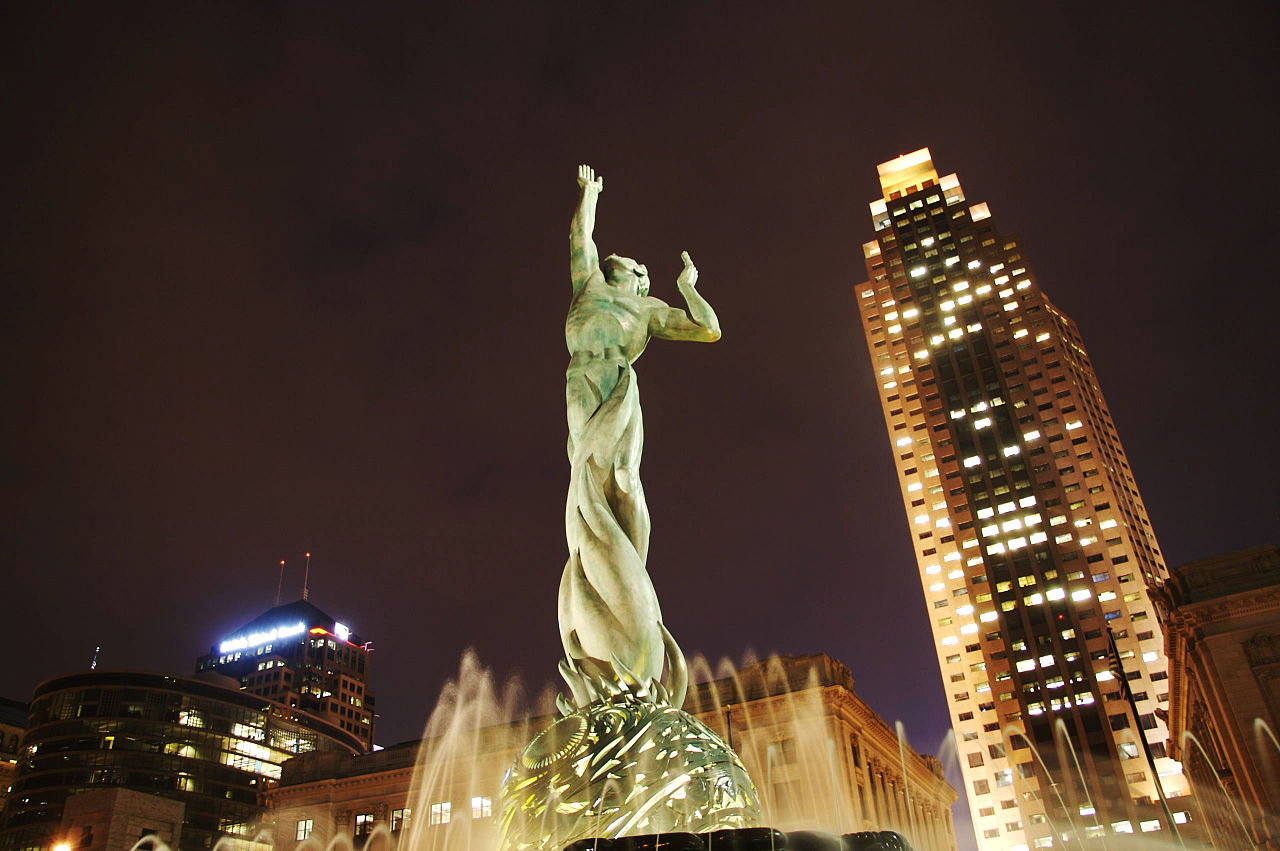Sometimes when I try to explain my beliefs about avoiding death to other people, I find myself sounding like a nutty cultist. Unsurprisingly, others have noticed the same thing. Case in point: this (quite long) 2011 article in H Plus Magazine about how faith in a coming technological singularity that will cure all human ills, even death, looks and quacks a lot like religion:
Religion is defined by the New Oxford American Dictionary as being:
• the belief in and worship of a superhuman controlling power...
• details of belief as taught or discussed...
• a particular system of faith and worship...
• a pursuit or interest to which someone ascribes supreme importance...
...
So my claim is not that the Singularity is a religion. My claim is that there are many to whom the idea has become a matter of faith, one which supports an overarching ideology they espouse as being pervasive due to the Singularity creating some form of an all-powerful being.
I need to make sure that my belief in the power of human ingenuity to solve all problems rests on evidence more solid than because it makes my dreams possible.
The Technological Singularity as Religious Ideology






